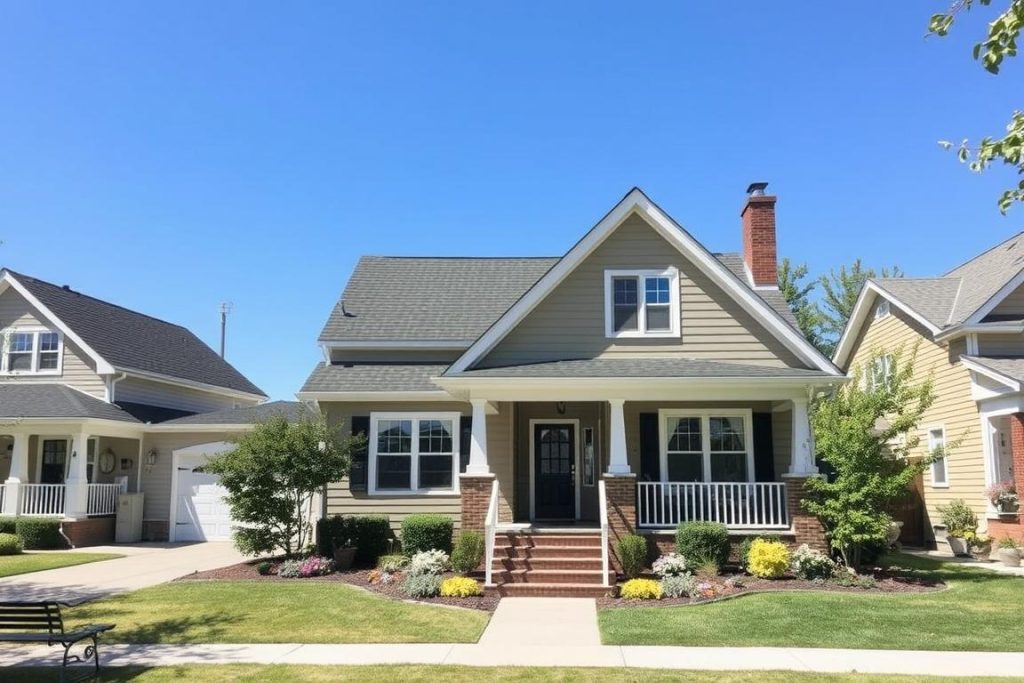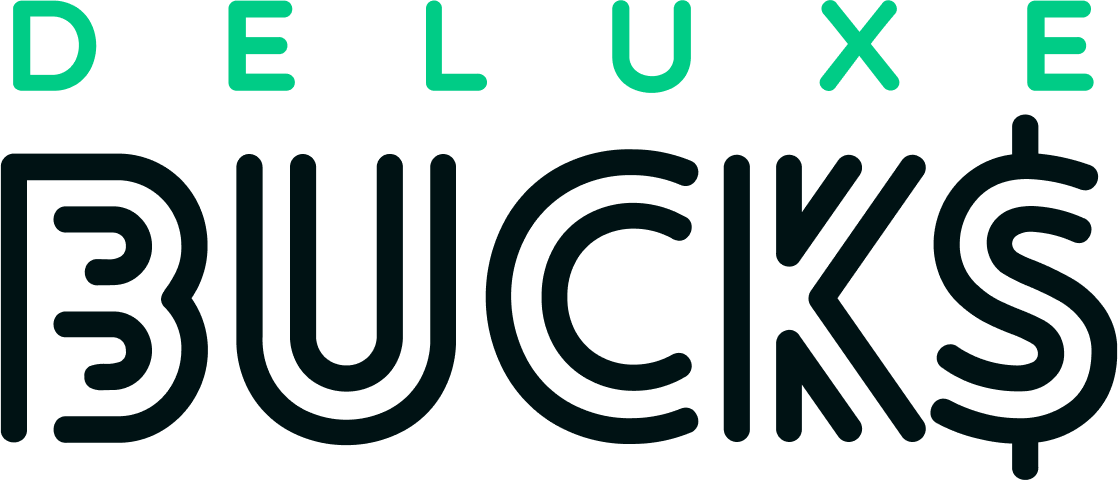Imagine a friend or family member facing a housing crisis. This issue is common for many Americans. Seeing their struggle with finding affordable living can make you want to help. Luckily, HUD programs are like a beacon of hope. They show the government’s effort to ensure everyone has a home. This guide will highlight how these programs and assistance can ease housing worries for low-income families.
HUD offers a wide range of support, from government-subsidized housing to disaster recovery funds. For instance, domestic violence survivors are protected by the Violence Against Women Act (VAWA). This act stops them from being denied aid or evicted from housing programs if they meet certain criteria1. At the same time, HUD’s VAWA regulations protect the rights of applicants and tenants. There are actions to correct violations through the Office of Fair Housing and Equal Opportunity1.
Looking at community and urban development, HUD’s efforts focus on building communities and making housing affordable. They also work on preventing homelessness with emergency support and assistance2. Programs like the CDBG and HOME, alongside tools such as the Homeless Management Information System, provide valuable data management. This helps improve HUD’s help constantly2. HUD also gives flexible grants after major disasters. These grants help cover what other resources may not, proving its key role in both immediate aid and long-term recovery1.
Key Takeaways
- Gain insight into how HUD programs provide housing assistance for low-income families and individuals in need.
- Discover the protective measures of VAWA within government subsidized housing initiatives1.
- Understand the community and urban development focus encapsulated in HUD’s array of programs2.
- Explore the importance of data tools offered by HUD for enhanced housing-related data management2.
- Recognize HUD’s commitment to housing recovery following disasters and the grants available for such circumstances1.
By learning about HUD’s various programs, you can better tackle the challenge of finding affordable housing. Stick with us as we dive into the basics of HUD’s support. We’ll discuss the role in affordable homes, community projects, and ensuring housing is fair for all.
Understanding the Basics of HUD’s Housing Support
The U.S. Department of Housing and Urban Development (HUD) works to make housing affordable. It helps with low-income housing and aims to improve communities. HUD also fights for fair housing practices across the U.S.
The Role of the Office of Housing in Affordable Home Solutions
The Office of Housing focuses on making homes affordable. It runs the Federal Housing Administration (FHA) loans program. These loans need a low down payment and are even available for those with low credit scores.
With a credit score of 580 and higher, the down payment can be as low as 3.5%. If your score is between 500 and 579, you could still get a loan with a 10% down payment3. This helps more people own homes, which strengthens communities.
Community Planning and Development Initiatives for Urban Growth
Hud is important for urban development too. It runs the Community Development Block Grants (CDBG) program. This program lets local governments address critical urban issues. It supports projects like job creation, utility improvements, and building renovations4.
HUD also invests in rebuilding infrastructure in areas hit by disasters. This ensures cities keep growing and improving3.
Public and Indian Housing Strategies for Native American Communities
HUD’s Public and Indian Housing programs focus on Native American communities. They consider cultural and community specifics. This shows HUD’s dedication to providing safe and affordable housing for every community3.
Fair Housing and Equal Opportunity: Ensuring Non-discrimination
Lastly, HUD works to ensure housing is fair for everyone. The Fair Housing and Equal Opportunity Office fights discrimination. It enforces laws like the Violence Against Women Act (VAWA) to protect people in public housing5. Fairness is key to HUD’s housing programs.
Finding a stable and affordable home through HUD is a real option. HUD invests in housing and community projects. Its goal is to provide affordable rental housing and opportunities to own a home to those in need4.
Public Housing Programs Tailored for Diverse Needs
Various public housing programs offer a wide range of support. If you’re looking for Section 8 housing, joining the Multifamily program, or taking advantage of the RAD initiative, you’ll find affordable housing solutions. These programs meet the needs of a diverse population6.
The Housing Choice Voucher program, also known as Section 8 housing, lets low-income families choose their housing. This freedom leads to happier residents6. Additionally, tax credits help create more affordable housing. This encourages stable communities to grow6.
It’s important to look at the eligibility criteria for housing programs. They not only provide housing but also offer services for wider social issues. For example, about 25% of sheltered homeless people have mental health issues. Meanwhile, around 35% struggle with substance use7. Offering comprehensive services to these problems is crucial for success7.

The role of nondiscrimination policies in housing is vital. The FHA prevents housing denial based on national origin. This includes protecting non-English speakers8. Such policies ensure fair and equal access to rental assistance programs.
| Program | Target Group | Key Benefits |
|---|---|---|
| Section 8 Housing | Low-income Families | Choice in Housing Location |
| Multifamily Program | Families, Seniors, Disabilities | Affordable Multi-unit Housing |
| RAD | Diverse Income Groups | Preservation of Affordable Units |
| Tax Credits | Developers | Incentives for Affordable Housing |
| Supportive Services | Homeless Individuals | Integrated Health and Housing Support |
Rental assistance programs do more than just offer financial help; they’re about building stable, caring communities67. With RAD, tax credits, and strong supportive services, public housing does more than provide shelter. It includes vital health and social services.
When looking into public housing, know these programs aim to enhance your life. They offer financial help and essential services. This comprehensive support helps create inclusive, healthy communities for everyone.
Conclusion
In the HUD housing support system, the main aim is to get you housing that feels like home. Through programs for Native Americans and fair housing laws, HUD makes sure you have access to housing that is both affordable and fair. The constantly changing nature of these programs means staying informed is key to finding stability and new chances.
Although HUD is doing great work, there are still big challenges. Every year, over 10,000 public housing units are lost due to poor conditions9. There’s also a $70 billion backlog for repairs and maintenance9. These problems show the need for ongoing improvement and new solutions. Moreover, while it’s known that better housing improves well-being, more research is needed to understand the link to health better10.
To make the most of HUD housing support, being in the know is essential. It means taking advantage of benefits like forming residents’ organizations or dealing with changes in public housing9. These efforts aim to not just offer shelter but to boost life quality. They show how important good housing is for health and happiness10. Your path to finding HUD housing may look hard, but with the right info and help, a better living situation is possible.
FAQ
What are HUD programs and how can they alleviate my housing expenses?
Who is eligible for HUD’s affordable housing options?
Can HUD help in community planning and urban development?
How does HUD address housing needs for Native American communities?
What does HUD do to ensure non-discrimination in housing?
What types of rental assistance programs does HUD offer?
How does the Office of Housing contribute to affordable home solutions?
Are HUD housing programs available to individuals with specific health and safety needs?
What steps should I take to apply for a HUD housing program?
Source Links
- Programs of HUD – https://www.hud.gov/hudprograms
- Programs & Related Topics – https://www.hudexchange.info/programs/
- Understanding HUD: The Department of Housing and Urban Development – https://benefits.com/section-8/what-is-hud/
- HUD explained – https://archive.curbed.com/2017/3/15/14935468/hud-explainer-housing-urban-development-public-housing
- HUD Policy Areas – https://www.hudexchange.info/programs/policy-areas/
- Housing Programs – Emphasys PHA – https://emphasyspha.com/housing-programs/
- Scale Housing and Supports That Meet Demand – https://www.usich.gov/federal-strategic-plan/scale-housing-and-supports-meet-demand
- Fostering Inclusivity in Public Housing Departments through Language Proficiency – LTI Blog – https://www.languagetesting.com/blog/fostering-inclusivity-in-public-housing-departments-through-language-proficiency/
- Public Housing: Where Do We Stand? – https://nlihc.org/resource/public-housing-where-do-we-stand
- Conclusions and Recommendations – Permanent Supportive Housing – https://www.ncbi.nlm.nih.gov/books/NBK519587/


